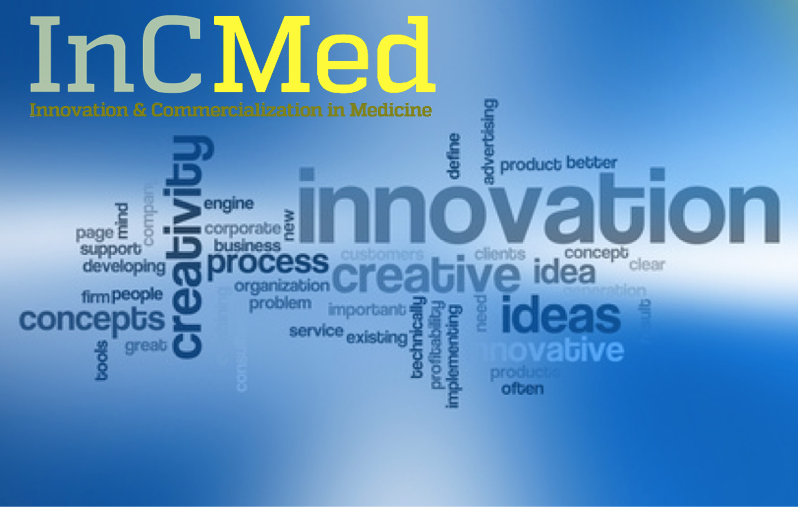 My morning started like most school days. Kid commotion: cries over the hairbrush, breakfast dish banging and a 15-minute music play-off featuring the 5th grade oboe vs. 2nd grade piano. I mused that the earplug inventor had at least two kids, maybe more. For a curtain call, my 11-year old battled her backpack. I observed her struggle to get the fat end of her lunch bag into the narrow end of the pack and suggested she embark on an engineering career and invent a better solution. She rolled her eyes, removed the ultimate problem (a fat obstructive Warrior-series novel) and swiftly slid it all together. Providing a smug side-glance and air-kiss, she proceeded, off to school.
My morning started like most school days. Kid commotion: cries over the hairbrush, breakfast dish banging and a 15-minute music play-off featuring the 5th grade oboe vs. 2nd grade piano. I mused that the earplug inventor had at least two kids, maybe more. For a curtain call, my 11-year old battled her backpack. I observed her struggle to get the fat end of her lunch bag into the narrow end of the pack and suggested she embark on an engineering career and invent a better solution. She rolled her eyes, removed the ultimate problem (a fat obstructive Warrior-series novel) and swiftly slid it all together. Providing a smug side-glance and air-kiss, she proceeded, off to school.
In long-awaited silence, I’m reminded: small or big, these everyday obstacles are sometimes the genesis of the next big idea.
From an outside observer’s perspective, creation of new healthcare products would appear to be the end result of many arduous years of directed, focused work in which the goal was defined well in the past. In part, this is true. We start with a vision- an over-aching concept of personal contribution towards progress, and then we prepare ourselves with scientific and medical knowledge, work with dogged determination, and focus daily on objective goals. In the course of focused work, we encounter problems. These problems are opportunities. A surprise opportunity and a prepared mind--didn’t someone smart say something about that?
Henry Ford said, “The air is full of ideas. They are knocking you in the head all the time. You only have to know what you want, then forget it, and go about your business. Suddenly, the idea will come through. It was there all the time.” It’s hard to believe that Ford made much progress on the car through random head-knocks, but perhaps it’s so.
Talk to many Nobel-prize winners and they say the same. Insights and invention frequently emerge from serendipity--not complete randomness, but the otherwise disconnected pieces of the puzzle that interlock only in the eyes of the trained observer evaluating the same problem from a new perspective. This leads to big ideas.
And yet, ideas are not yet solutions. Buddha said, “An idea that is developed and put into action is more important than an idea that exists only as an idea.” I’m not sure what Buddha invented, but it’s a wise statement and applicable to modern healthcare.
We are working with CBS colleagues to harvest more big ideas from DOM faculty. In upcoming months you will hear about opportunities to hone skills in development, be it technology or a new clinical process. Ideation lunches will be offered over the summer, with progression into a fall “bootcamp” series to assess feasibility, marketability and pathways towards development. Three questions help to prepare an idea:
- What problem are you trying to solve?
- How have others tried to solve this problem?
- If you manage to solve this problem, how do you think it will change practice, science, education, etc.?
As always, contact me with questions. Especially encouraged if you can design a better backpack!
-Kieren Marr, Associate Vice Chair for Innovation and Commercialization (InCMed)
